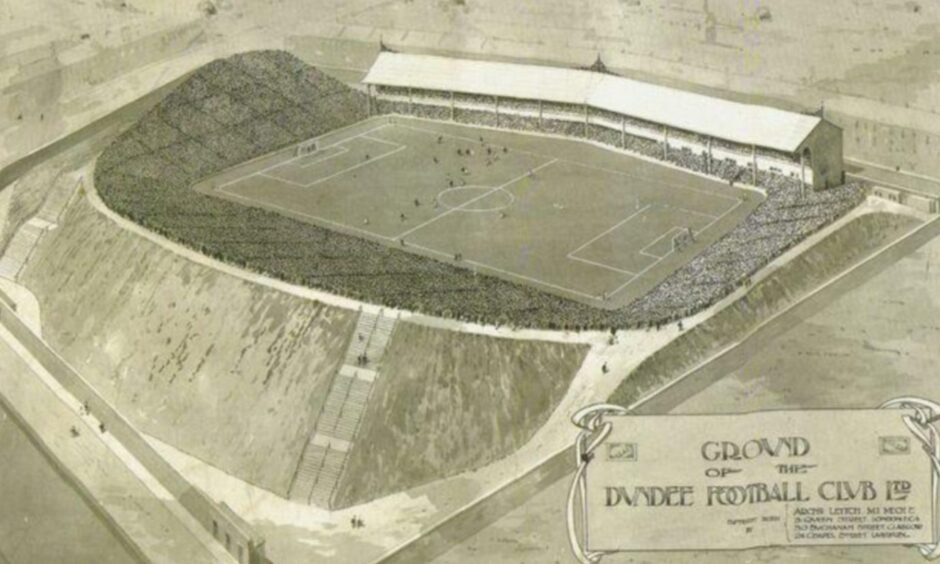
Dundee FC began to search for a move away from Carolina Port 125 years ago.
The Dundee Football and Athletic Club – formed in 1893 by the merger of city clubs East End and Our Boys – had moved to the dockside location in early 1894.
This was the city’s top stadium and also boasted cycle and running tracks.
It was a first-rate pitch but Carolina Port was simply too isolated with no public transport links and it had to be a big game before supporters turned out in strength.
Carolina Port was overlooked by a steaming rubbish dump from the neighbouring gas works which regularly gave hundreds of fans a free view of the games.
It was fondly known as the Burning Mountain.
Dundee had mainly enjoyed a mid-table existence in what was then a 10-team league.
There had been the excitement of runs to the Scottish Cup semi-finals in 1895 and 1898, Carolina Port had hosted the Scotland versus Wales international in 1896 while there was a city record crowd of 17,000 for the visit of Celtic in October that year.
Generally, though attendances very much depended of the team’s form with a peak average of 6,700 in 1896/97 with club coffers regularly augmented by numerous friendly fixtures on top of various local cups.
The club had then gambled by bringing in bigger names like Barney Battles and Jack Hillman.
But by 1898 the financial overstretch saw players’ wages slashed from £3 to £1 per week with no summer payments.
That brought an exodus of most of the best players with predictable consequences on the park.
Carolina Port was living on borrowed time as home of Dundee
The 1898/99 season was to prove disastrous and the writing was on the wall with three defeats from four pre-season friendlies.
A 6-1 defeat against Wanderers led the directors to accuse goalkeeper Hillman of “not trying” and he was suspended and later transferred back to Burnley.
Over the previous year and a half there had been great instability at boardroom level and poor decisions made with directors accused of running the board “like a public house party”.
Carolina Port became inextricably linked with the team’s financial failure which ended in liquidation in December 1898 with the then substantial debts of £400.
A change of ownership and flexibility by the Scottish League ensured the club’s continuance, albeit now as just the plain Dundee Football Club.
Somehow a team was scraped together so that the next fixture could be fulfilled.
Though that ended in a 7-0 defeat to Rangers in Glasgow.
The following week the team visited St Bernard’s in Edinburgh where it took a frantic whip-around to pay for a new set of stockings which had not been packed in the hamper.
But then came a major blow when the Harbour Board intimated the termination of the club’s lease at Carolina Port though not until May 15.
Dundee finished bottom of the league after managing a miserly four points and the unwanted record of 14 games without a win between October 8 until January 7.
Gussie Park and West Craigie Park were considered for the new home.
Then it was decided to go for around five acres of steeply sloping agricultural ground bordering Provost Road and Dens Road where it was said “a large contingent of the sporting public of the city reside”
A 10-year lease was agreed.
Slick work including the transfer of the stand from Carolina Port saw the opening match take place on August 19 1899 when an estimated 10,000 turned out to watch.
Crowds began to flock to Dens Park as things improved for Dundee FC
Fred McDiarmid was awarded a medal for scoring the first goal on the new ground against St Bernard’s and the crowds started to flock to the more accessible Dens Park.
A bazaar was held in December to clear off the debt.
It produced £600.
Sir James Low in opening the bazaar said they occupied Carolina Port “on a tenure anything but satisfactory” and “spent immense sums of money there”.
He said it had looked following liquidation “as if football itself were to cease to exist in Dundee” but happily that had not proved to be the case.
The early Dens Park, as a ground, was a fairly rudimentary affair.
It had low wooden grandstands on each side, both with pillars to hold up the roof which interrupted the view, and a pavilion on the south side where the players got changed.
In their new home the club finished second in the league three times before winning the Scottish Cup in 1910 following a 2-1 victory in a replay against Clyde at Ibrox.
The main stand at Dens was built in 1921 after being designed by Archibald Leitch whose other works include Arsenal’s former Highbury home, Rangers’ Ibrox Stadium, Manchester United’s Old Trafford, Chelsea’s Stamford Bridge and Hampden Park.
Steve Finan is the author of 14 books about sports nostalgia, including Lifted Over The Turnstiles, and said Leitch’s original plans had been for a ground that held 80,000.
He said: “Dens had previously been rented, but a consortium of businessmen raised £5,000 to purchase the land and invited Mr Leitch to exercise his architectural skills.
“Leitch’s design called for an even bigger bank facing Dens Road to create what is now The Derry, where before this had been a very modest base for the stand, then a shallow terrace.
“Three sides were to be uncovered with terraces to have stretched much further and higher than those eventually built.
“The Provost Road terrace was intended to accommodate 20,000 standing spectators, reminiscent of the formidable north bank at Wolverhampton Wanderers’ Molineux.
“The finished Dens was a watered down version of the Leitch plan, with none of the terraces as big as he had intended.
“The stand, however, was built almost exactly to his specification, which makes it historically important.
“Three months after the opening of the new stand the old wooden one on the south side burned down. Quite mysteriously.
“Many years later, in former player Jimmy Guthrie’s memoirs, he recalled that a groundsman who had attempted to douse the inferno was, instead of being thanked, sacked!”
European nights for Dundee FC under Dens Park floodlights
Thirty-two years later and the Main Stand, along with the other three sides, were filled to the brim when 43,024 fans watched a Scottish Cup game against Rangers.
That remains the record attendance at Dens Park.
The massive crowds would return to watch Dundee’s greatest team which won a first league title in 1962 before embarking on a run to the European Cup semi-final.
The ground hosted the Inter City Fairs Cup semi-final in 1968 where Dundee went down 2-1 on aggregate to Don Revie’s Leeds United who would go on to win the trophy.
The government commissioned a report by Lord Wheatley following the Ibrox disaster of 1971 and guidelines were brought in to determine the safe capacity of grounds.
Dundee were to win their third League Cup and fifth major trophy in 1973 and Dens Park was to host League Cup finals in 1979 and 1980.
In the latter, the Dark Blues were runners-up to their city rivals with the Dens capacity down from 40,000 to 31,000 after the recent installation of bench seating to the Derry and Provost Road terraces.
George Best pulled on a Dundee shirt at the club’s open day in 1982 and Pelé played keepie-uppie when the ground hosted under-16 Fifa World Cup games in 1989.
The next major changes came in 1999 when the Bob Shankly and Bobby Cox stands were built at either end of the ground to meet the SPL’s required seating capacity.
A piece of history was discovered during the redevelopment.
A swing-top bottle from Melville & Co lemonade factory in Cotton Road was discarded by a workman during construction work before the official opening in 1899.
In 2016 owners Tim Keyes and John Nelms revealed plans for a new stadium at Camperdown Park on land adjacent to the Cineworld and Ice Arena complex.
Dundee are hopeful the ambitious project will be completed by the summer of 2025, which would end the city’s renown for having two senior clubs in one street.
The building of a new home for Dundee FC marks the beginning of a bright new dawn, while a strangely silent Dens Park will remain with only its memories while waiting for the diggers to come.
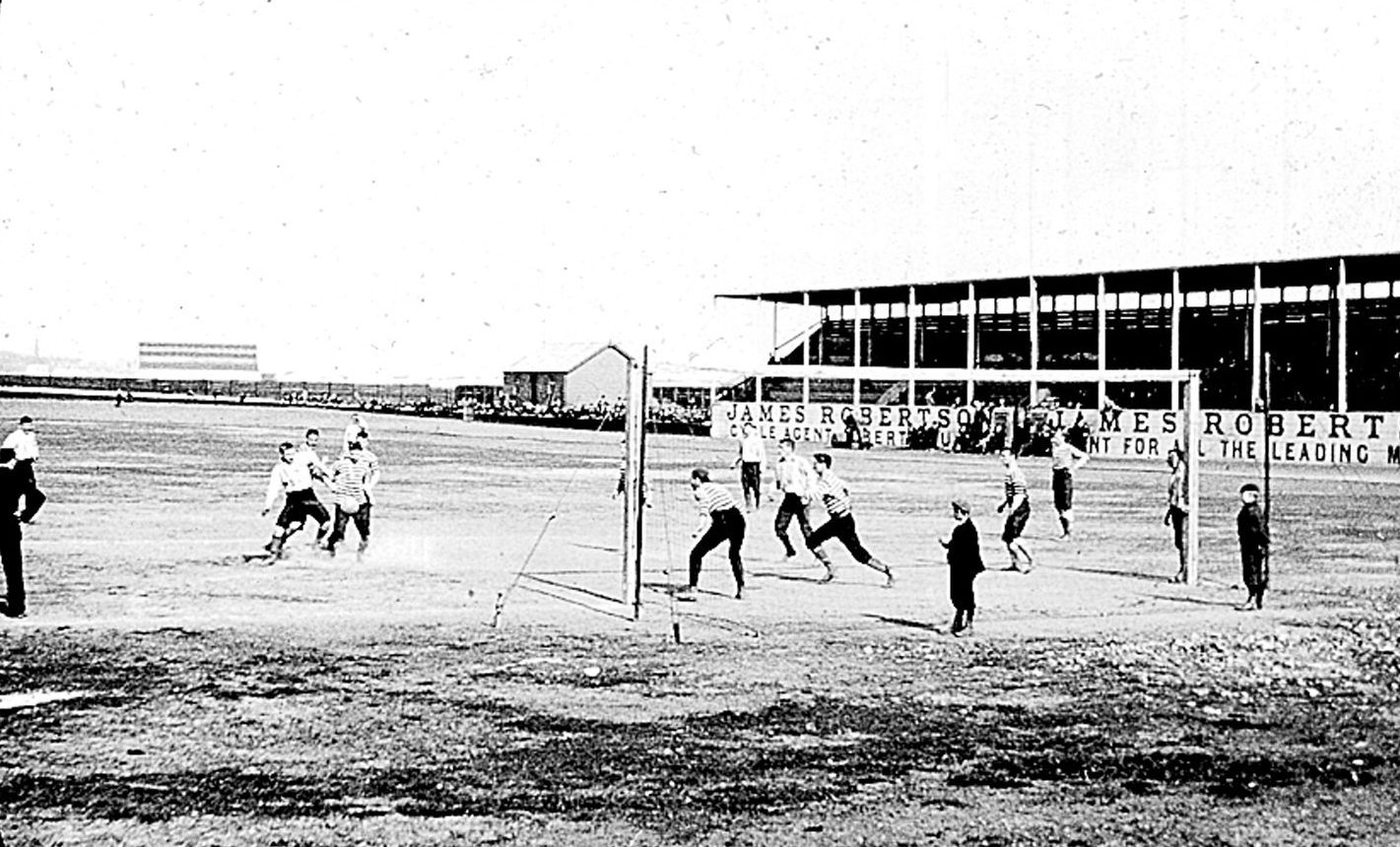
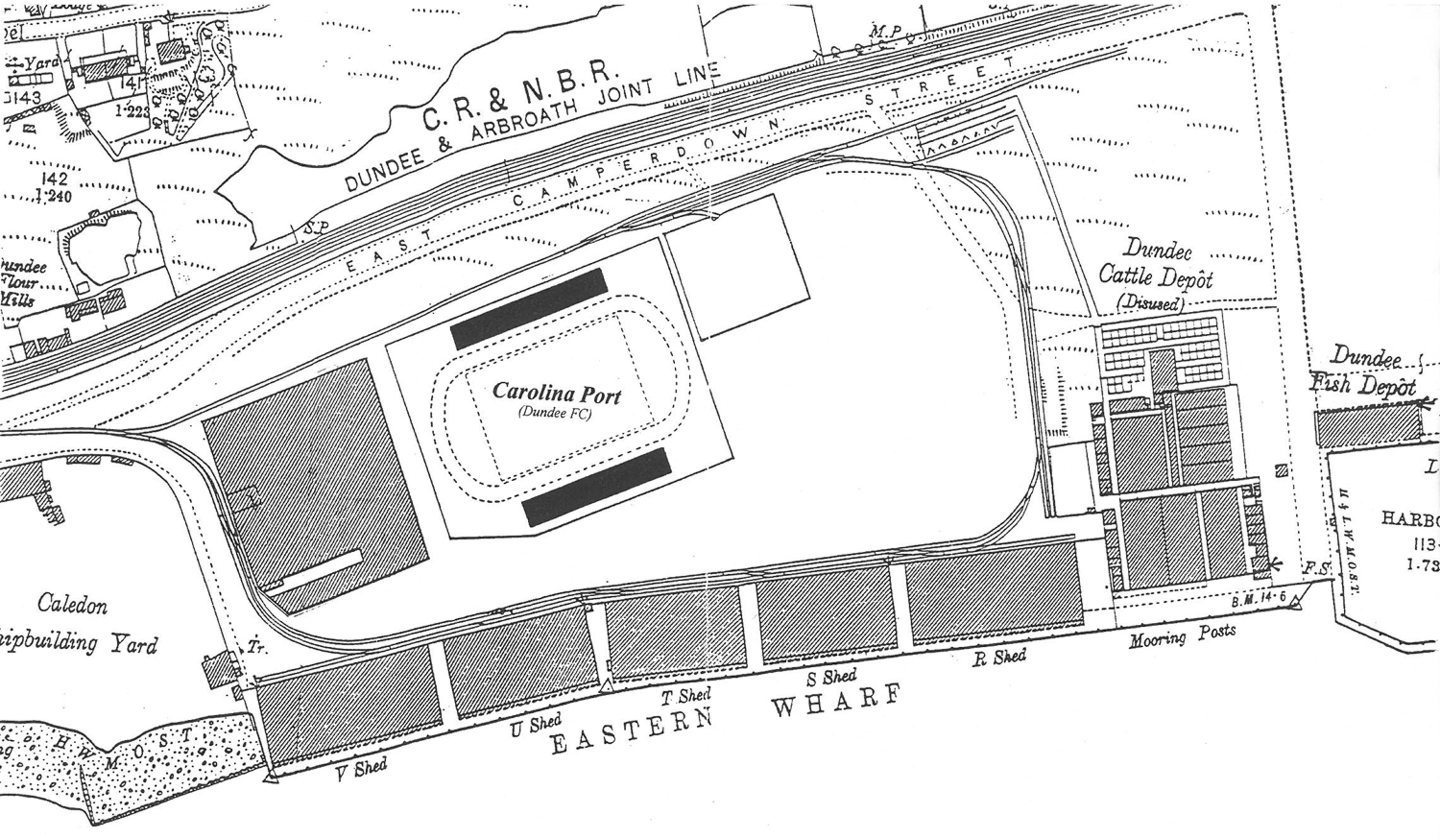
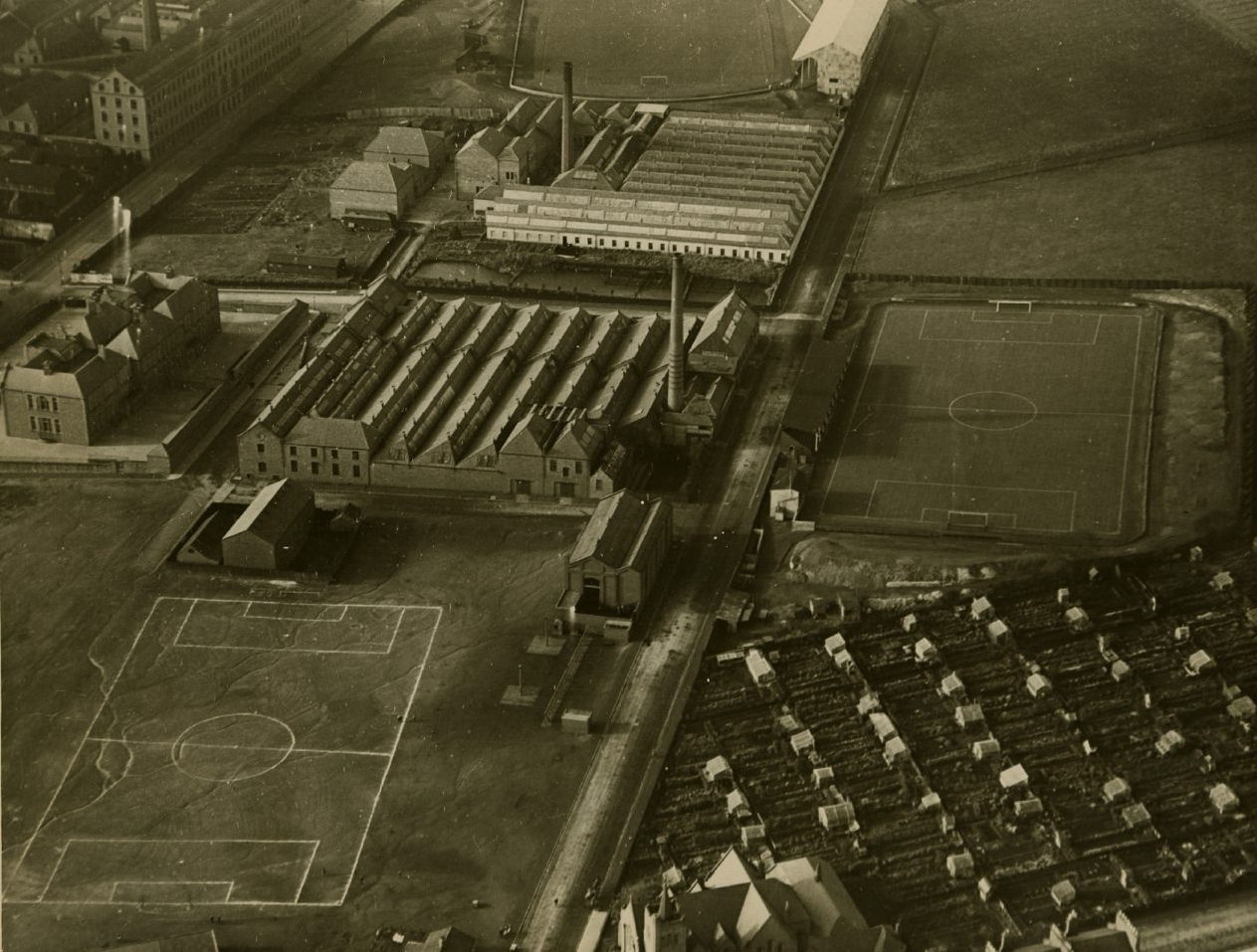
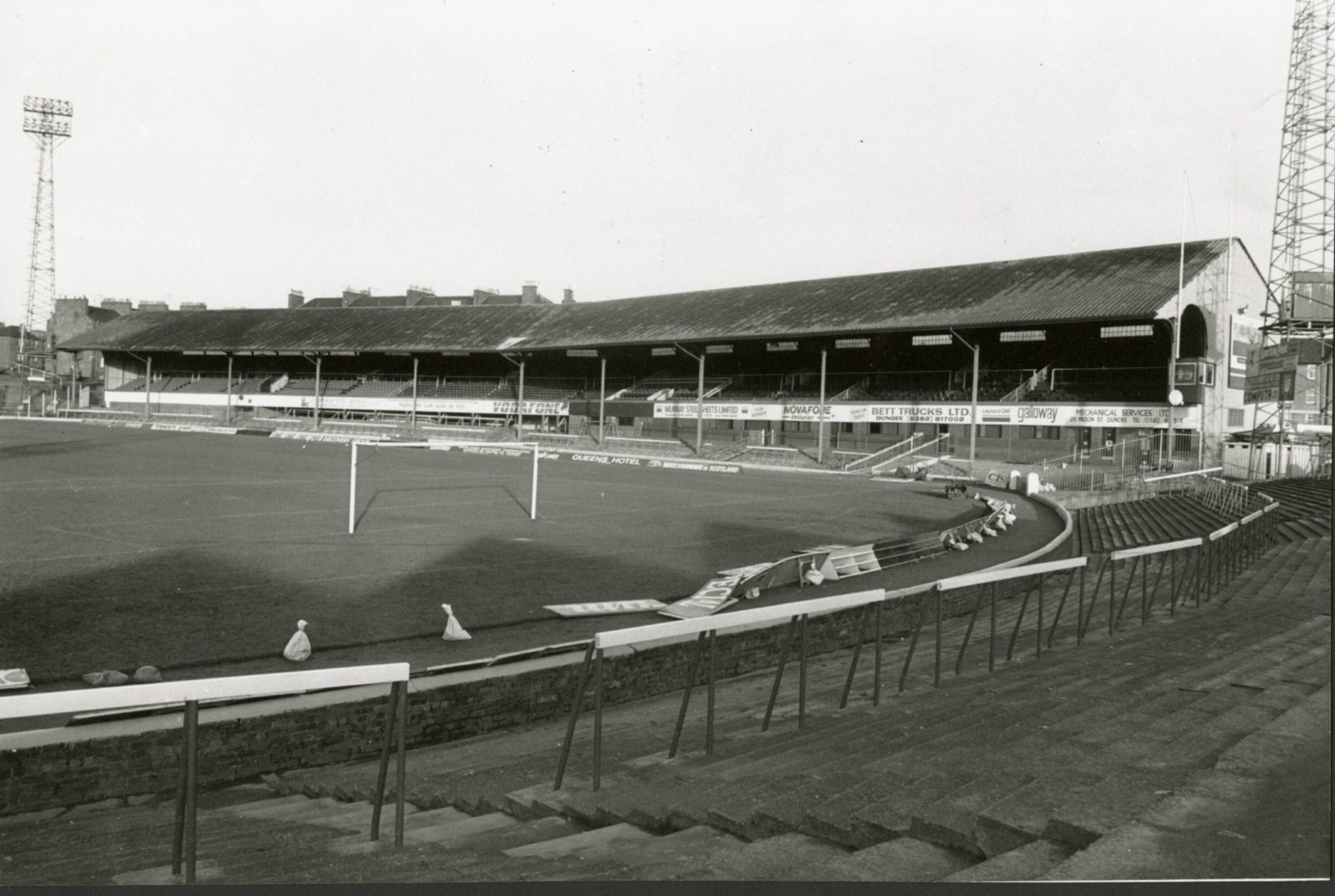
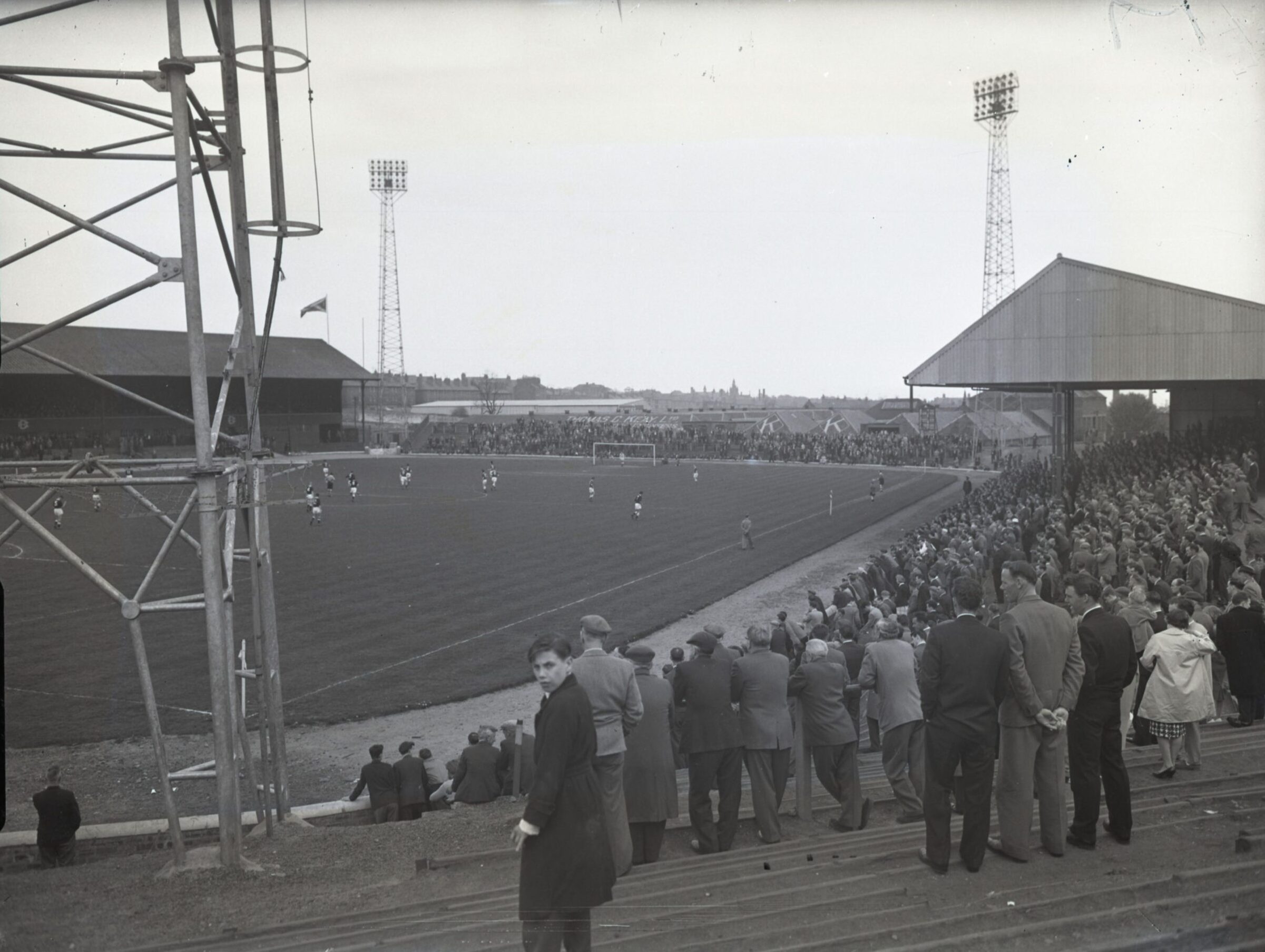
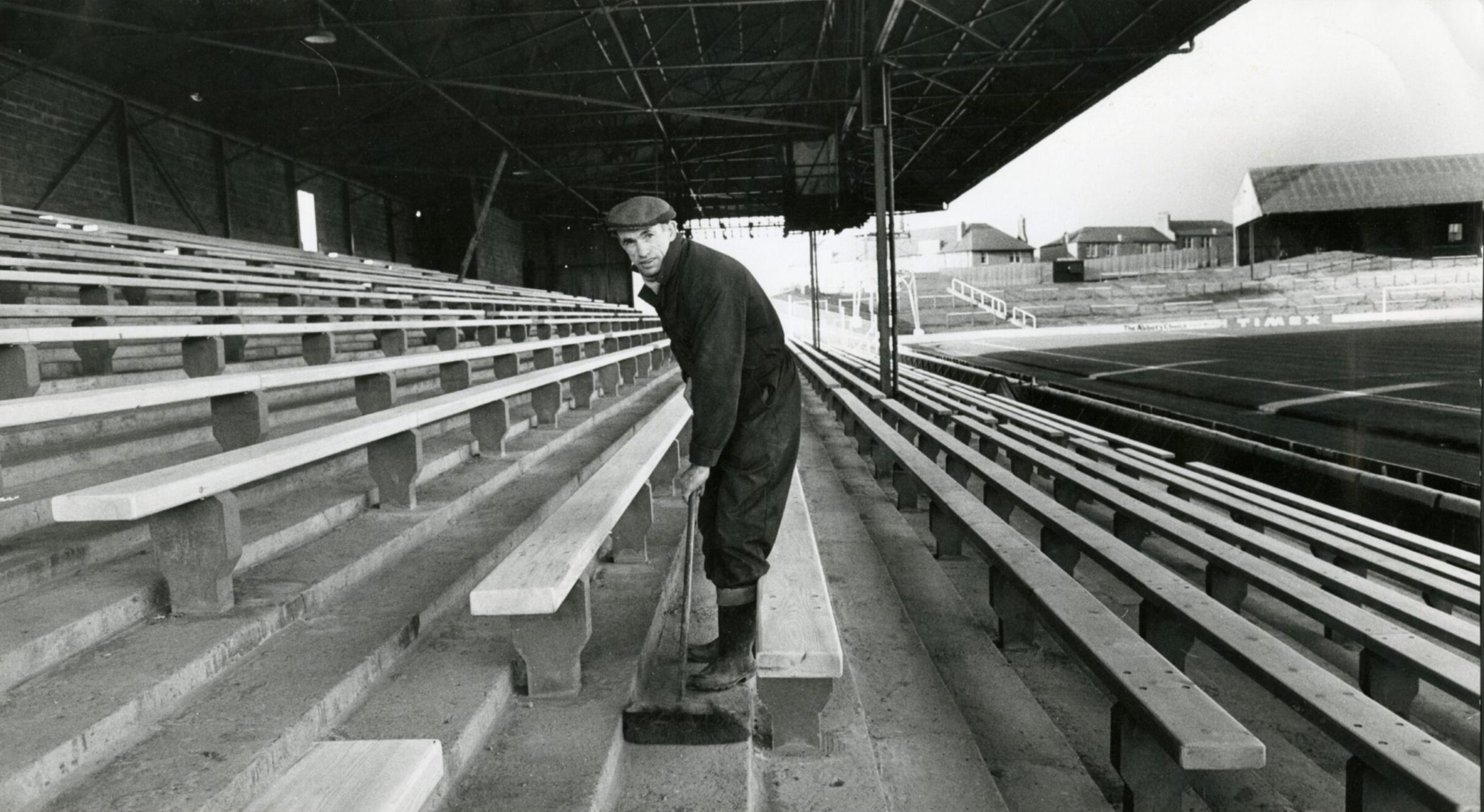
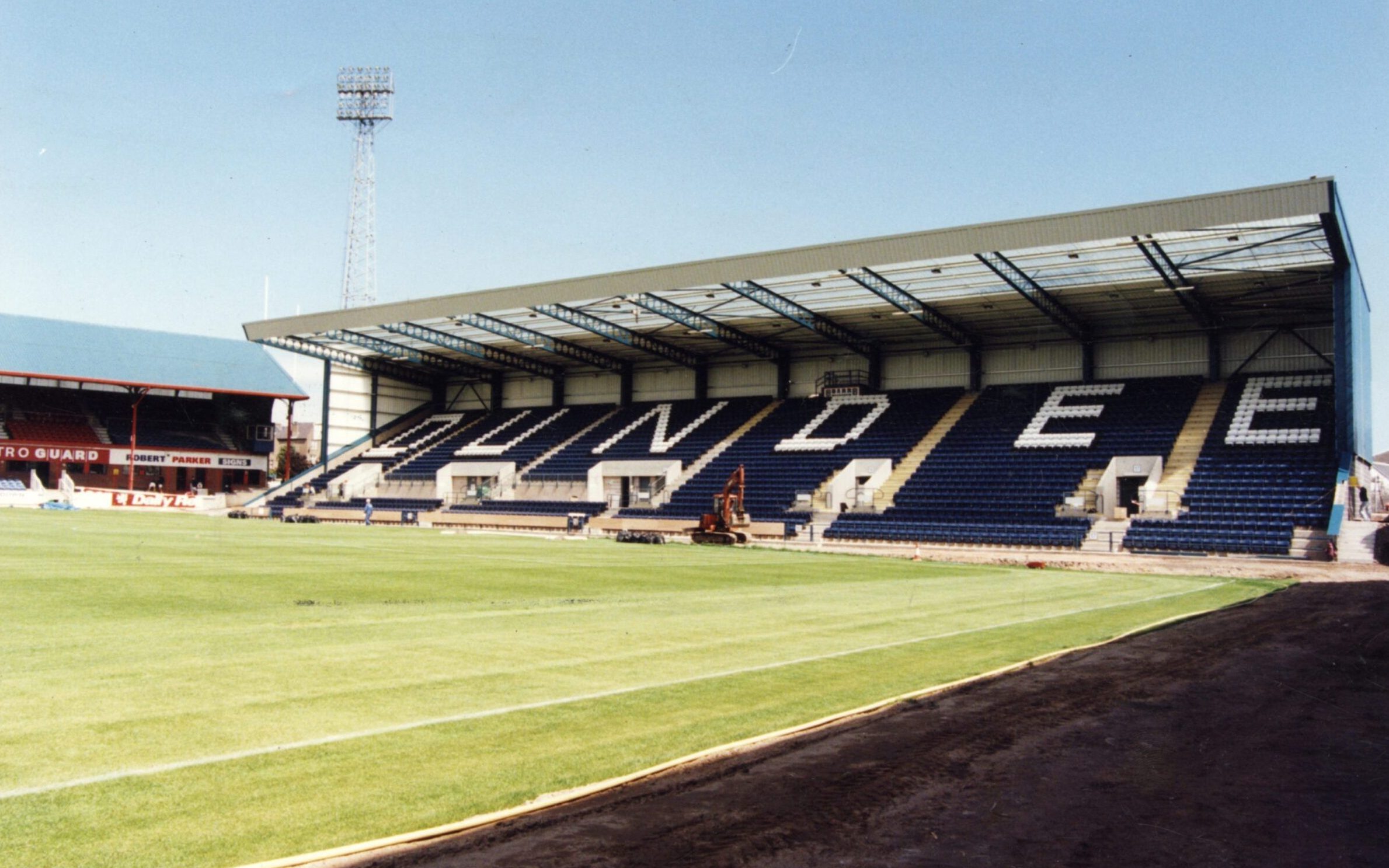










Conversation